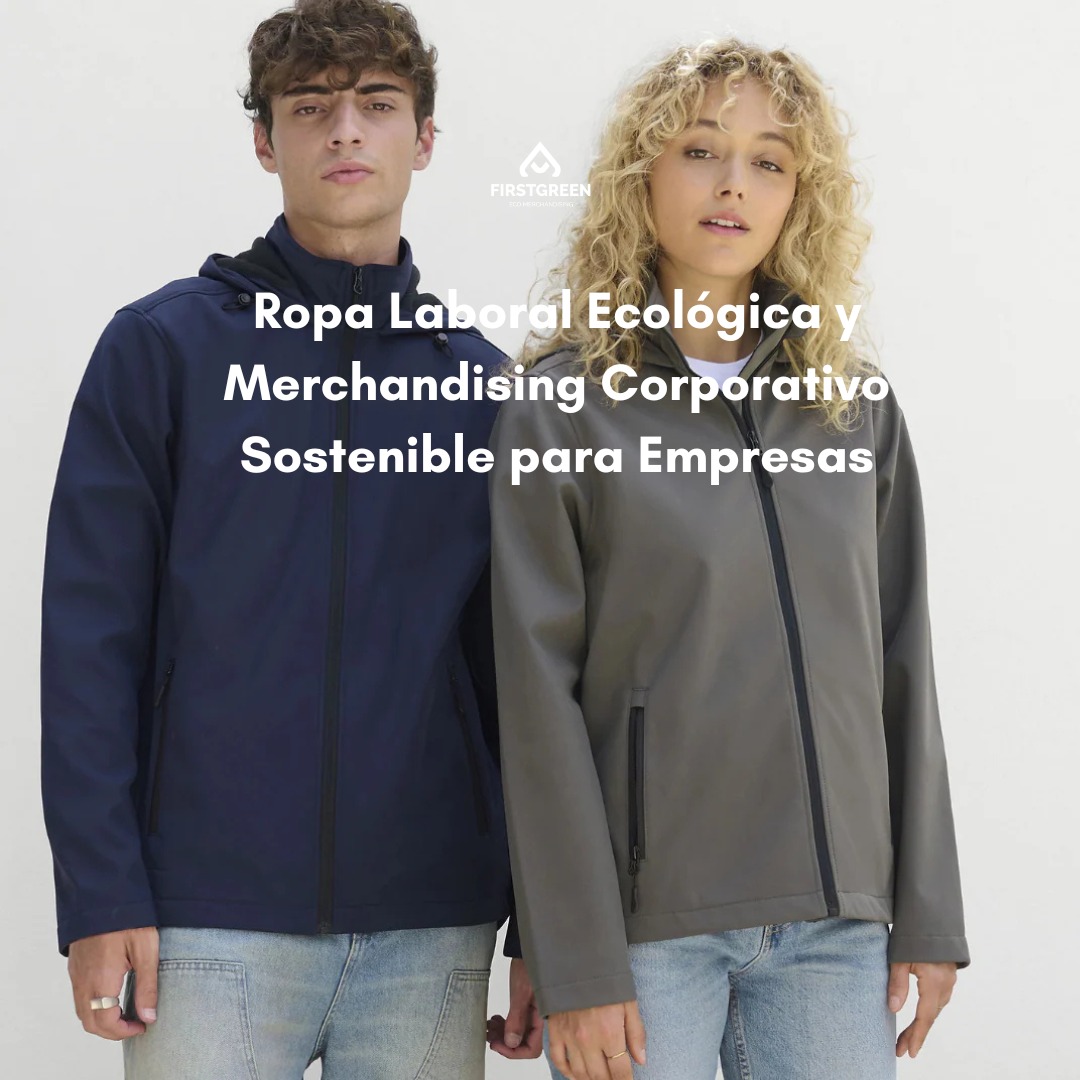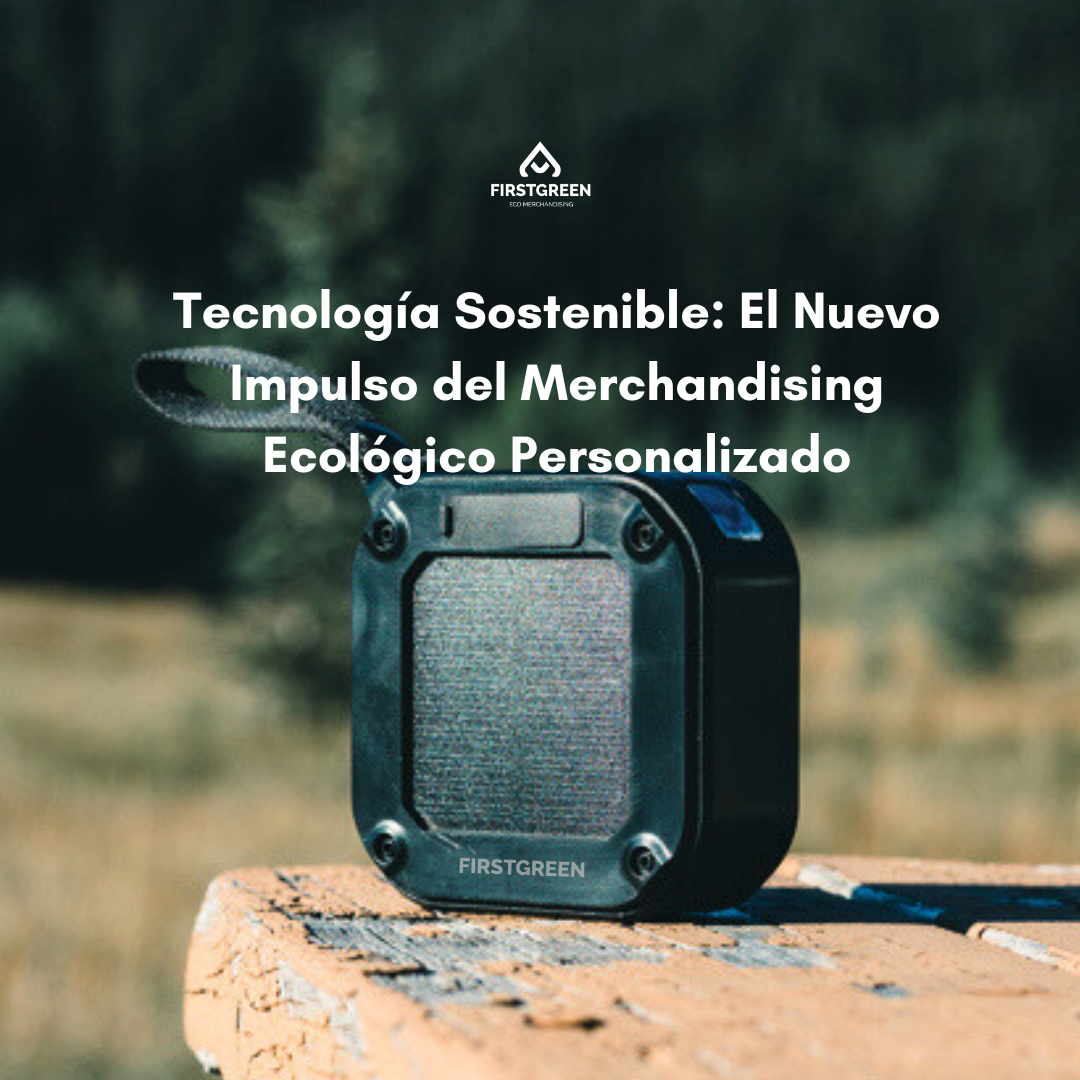The existence of a large diversity of materials and of their recycling possibilities motivated the creation of identification codes whose original symbol dates back to 1970 and reflects each of the steps in recycling: collection of materials, recycling process and purchase of said recycled products.
In the case of the plastics , a triangle with three successive arrows surrounding a number from 1 to 7 , known as Möbius triangle , universal recycling symbol, symbolizes and identifies the material from which the packaging is made as well as the possibility of being recycled for new products.
- 1 - PET OR PETE (POLYETHYLENE TEREPHTHALATE)
It is the most commonly used type of plastic in food packaging thanks to properties such as its lightness, its low production cost, as well as its great recycling possibilities .
We find it in: bottles of water and other beverages, as well as in oil containers.
Once recycled: Used for car parts, furniture, carpets and occasionally new food packaging.
- 2 - HDPE (HIGH DENSITY POLYETHYLENE)
It is a plastic chemical resistant , not very flexible, but easy to manufacture and handle.
We find it in: supermarket bags, cleaning and personal hygiene products, milk, juice or yogurt containers.
Once recycled: for detergent bottles, tubes, oil containers or even for garden furniture.
- 3 - VO PVC (VINYL OR POLYVINYL CHLORIDE)
These materials stand out for their poor recycling and for being less used in the food chain given their ability to release various toxins. They have high resistance to acids.
We find it in: tubes and pipes, detergent bottles, medical equipment, shoe soles, etc.
- 4 - LDPE (LOW DENSITY POLYETHYLENE)
It is a very flexible plastic and transparent
We find it in: bags of all kinds, laboratory containers or frozen food.
Once recycled: we find it in containers and bins, panels, pipes or tiles.
- 5 - PP (POLYPROPYLENE)
It is a plastic that stands out for its hardness, vapor barrier and heat resistance.
We find it in: microwave containers, sauce jars, lids and containers for medical and veterinary use.
Once recycled: we find it in brushes, trays, battery cables or light signals.
- 6 - PS (POLYSTYRENE)
It is the least recommended for food use due to the possible emission of toxins. However, due to its low cost and rigidity.
We find it in: cutlery, plastic cups and plates, cosmetic containers or CD cases.
Once recycled: it is very difficult to recycle.
- 7 - OTHERS (MIX OF OTHER PLASTICS)
Those included here are very difficult to recycle .
We find it in: sunglasses, DVDs, it is also used in some types of water bottles or certain food containers.
In the selection of articles that we make at FIRSTGREEN we always use plastics that have the least impact on the environment, taking into account, among other characteristics, these identification codes.



